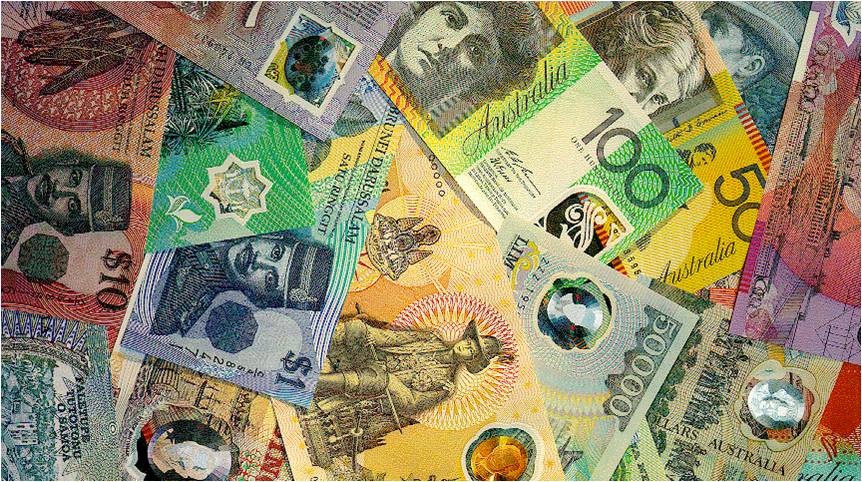We Aussies have had cause to feel a little bit smug when speaking to our English counterparts this week (there was that whole Ashes thing, but we won’t go there).
But now we’ve got another reason to feel patriotically proud as punch.
Yesterday, the Bank of England announced it will issue polymer (or plastic) banknotes for the first time in its 300 year history. The Winston Churchill £5 note will be the first cab off the rank, entering circulation in 2016.
What the English might not realise is that polymer banknotes are in fact an Aussie invention.

Working with the Reserve Bank of Australia, CSIRO developed the currency as a means to reduce the risk of counterfeit fraud. Polymer notes use optically variable devices (OVDs), which alter depending on temperature and how the note is viewed. OVDs cannot be photographed, making them very difficult to forge.
When they first hit our wallets in 1988, these notes greatly improved the security of Australia’s currency. What’s more, it meant our cash could survive trips to the beach and forgotten loads of washing.
Now there are over thirty different denominations totaling some three billion polymer notes in service in 29 countries worldwide.
While the English might not be too happy with the results of the cricket, hopefully the benefits of this great Aussie invention will get them smiling again.
Read more about the invention of polymer banknotes or how we’re now applying this amazing technology to printable solar cells.

